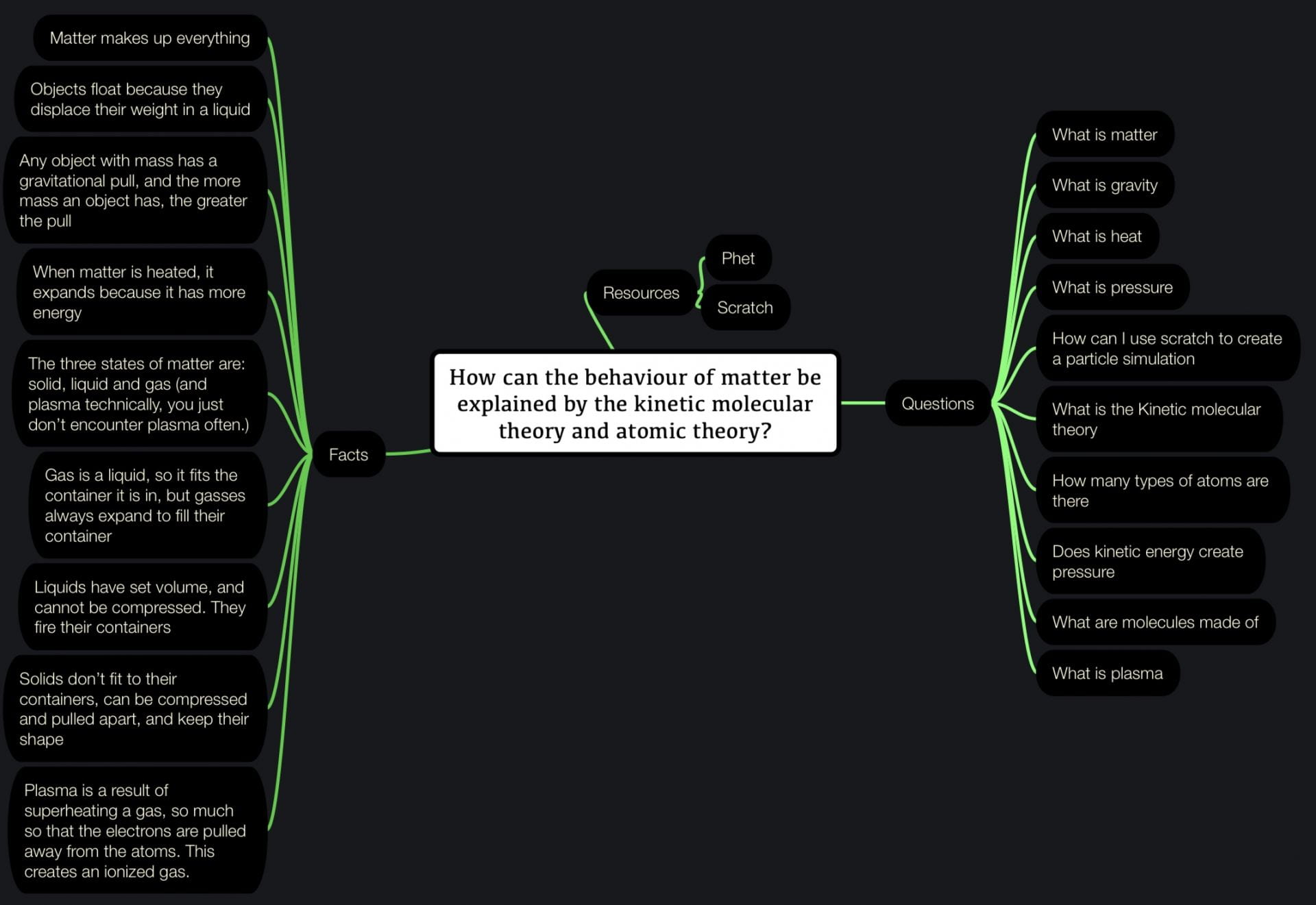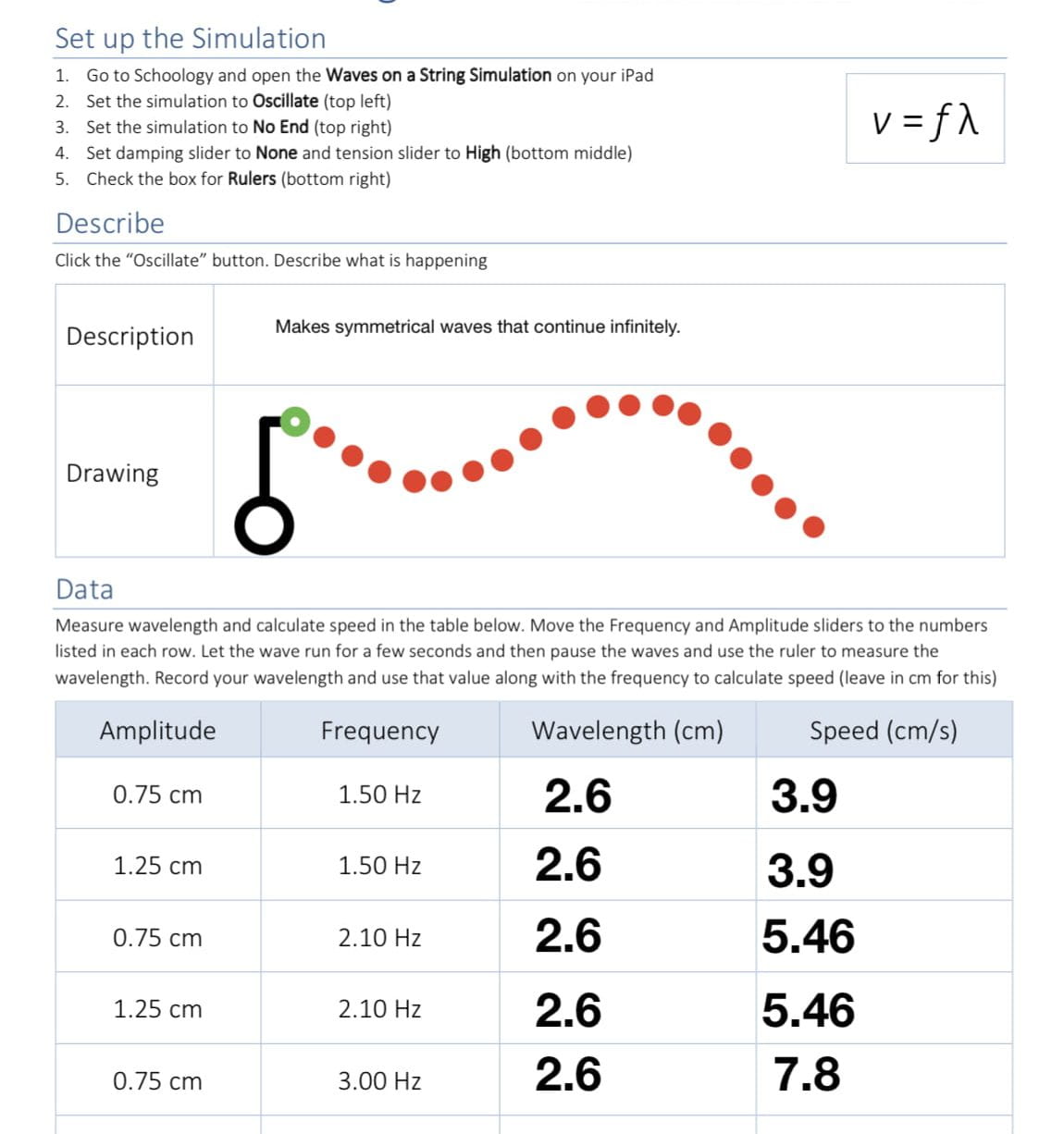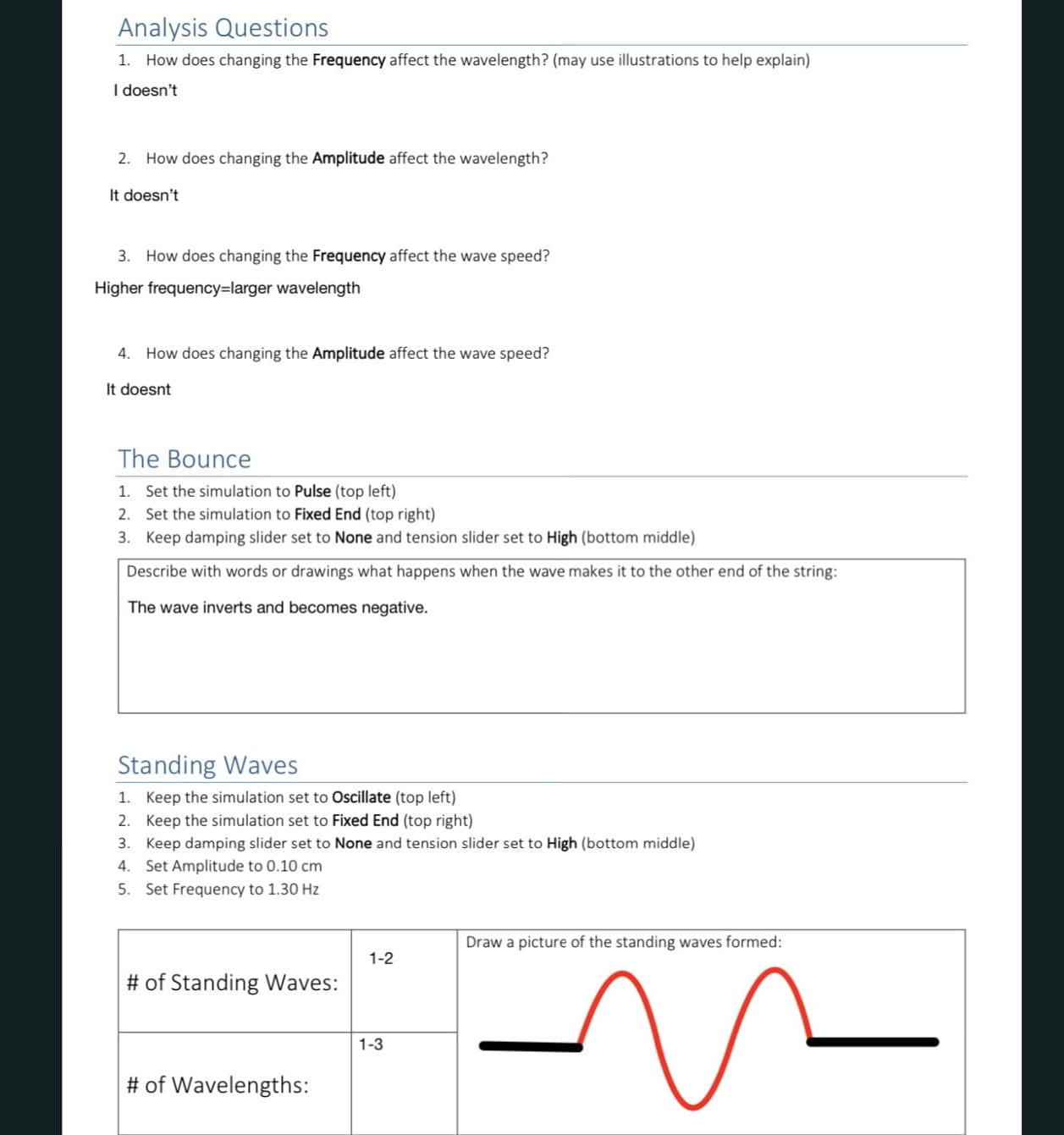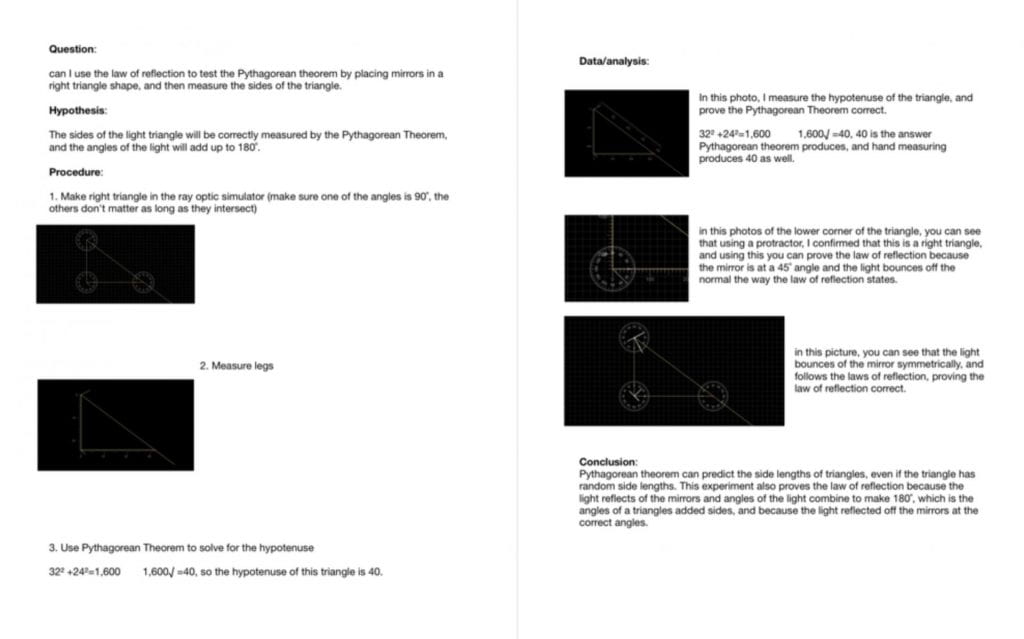Hello, and welcome. I am back to school, and starting this year in scimatics with exponents! In the first scimatics project this year, Game of Exponent Laws, I learned how to evaluate exponents, exponent laws, and more. So without further ado, here is the post.
To kick of the project, we did a quick activity were we made up games that used one and two dice. We got into groups of four, and started working. And here are the rules we came up with:
Rollie poll-E
Assemble all the players in a circle. Decide who will roll first, and have them roll the die. If their roll is a 4, 5, or 6, add the roll to their point tally. If their roll is a 1, or 3, subtract their roll from their point tally. Point tallies cannot drop below zero, and if they reach twenty, that person wins. If they roll a 2, they get to roll again and multiply that roll by two and add it to their point tally.
Rollie poll-E 2.0
To win, gain 5 points. You gain a point when you correctly answer a question faster than your opponent(s). Choose someone to roll each round, and have them roll the two dice. Once the dice have settled, every player starts solving the math problem. If the dice are both even, devide the greater roll by the smaller one. If the dice are both odd, multiply them. If the dice are odd and even, add them together. Once you figure out the answer, say it aloud, and if you are the first to solve the problem, you get a point. Decimal points are allowed for answers. If the roll has a 1 then subtract 1 from the other roll
(Special thanks to Jocelyn for thinking of the names)
So, as common with scimatics projects, we all were supposed to make a mind map that’s outlines what we already know and what questions we have.

Now, in this project, the milestones were not a linear process, but in a slightly erratic way, with the milestones not coming in numerical order. So, for the sake of this post, I will tell you about the events of this project in chronological order.
After these first assignments, me and my partner started brainstorming Ideas for our game. Our first milestone was milestone four (confusing). For this project, everybody was given a partner, and together you and your partner would make a game that uses exponents as a central mechanic. So, eventually, me and Aliciah decided to make a game about viruses. Our idea was quite similar to pandemic: contagion, which is a game were each player is a virus trying to exterminate humanity. Our first draft of our rules are here.
Throughout the next week, we updated our game rules and did some exponent practice, and eventually landed on this set of rules:
After making these final game rules, it was time to make our game board and pieces.

And, of course, there were curricular competencies for this project, which are listed below.
Applying and innovating: Contribute to care for self, others, community, and world through personal or collaborative approaches.
All class time is used efficiently for learning without distractions. All group members contribute equally.
I used my class time well, and I think that is reflected in the quality of my work. My partner and I shared equal part in the workload for this project.
Reasoning and Analyzing: Use logic and patterns to solve puzzles and play games
A clear and simple points system and win conditions for the game are carefully designed.
Points system is clearly represented by physical game pieces, and finding out who wins a game is easy and concise.
Communicating and Representing: Represent mathematical ideas in concrete, pictorial, and symbolic forms
A set of clear, complete, interesting and personalized instructions are created for how each player takes their turn. Examples are included. The game design uses at least 4 different exponent laws and using these laws is integrated into each player’s turn.
Our game features game rules completely written from scratch, with our own ideas and examples of gameplay and game pieces. There are over four exponent laws included in our rules.
And that concludes my blog post for today! Thanks for reading this far, and if you want to check out my partner Alicah’s blog, click here.
See you in the next post, bye.















